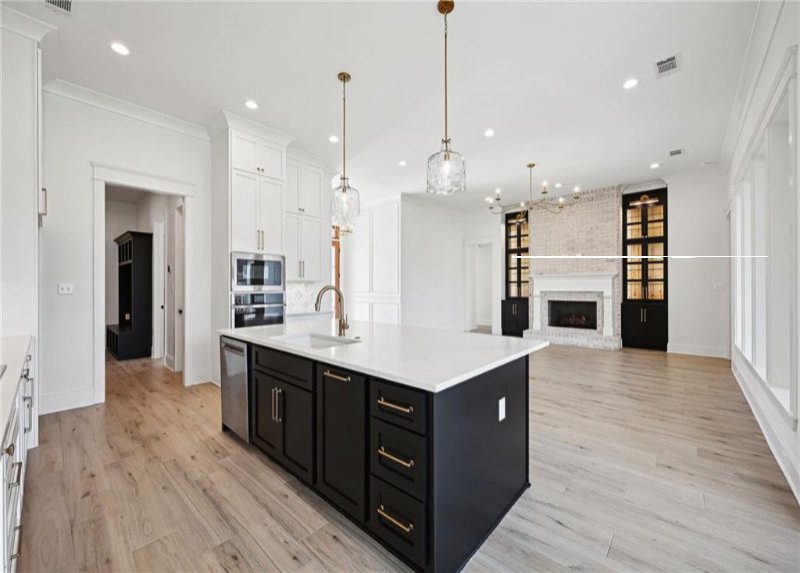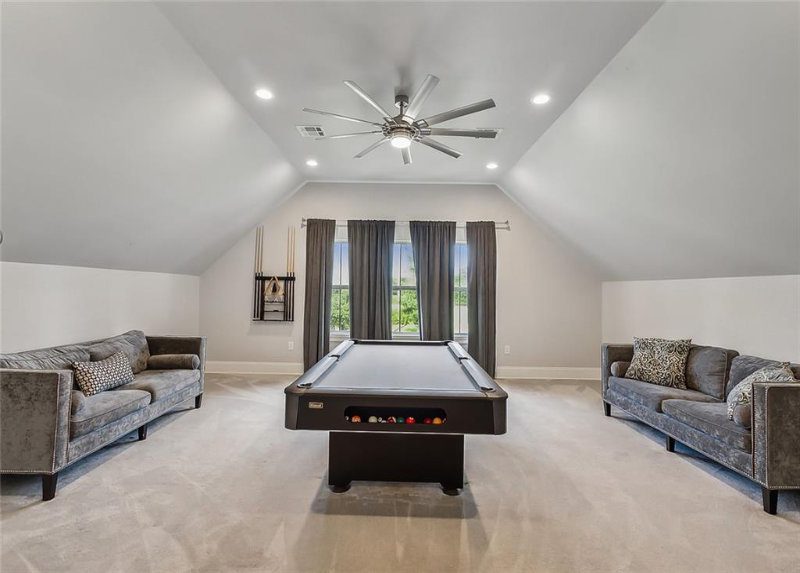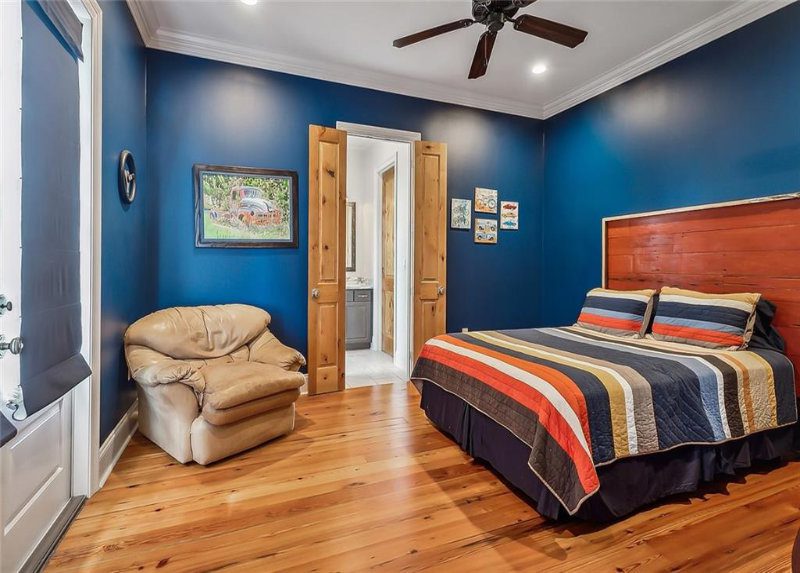Turning Your First-Time Homebuyer Dream into Reality
/in Local NewsBuying your first home is an exciting milestone that can significantly enhance your life. As a first-time homebuyer, you can make this dream come true, but today’s housing market presents some challenges, particularly the limited supply of homes for sale and ongoing affordability issues. If you’re ready to take this important step, here are three tips to help you navigate the process and achieve your goal. 
Leverage First-Time Homebuyer Programs to Save Money
The initial costs of homeownership, such as down payments and closing costs, can be daunting. Fortunately, numerous assistance programs for first-time homebuyers can help you secure a loan with little or no upfront money. According to Bankrate:
“. . . you might qualify for a first-time homebuyer loan or assistance. First-time buyer loans typically have more flexible requirements, such as a lower down payment and credit score. Many help buyers with closing costs and the down payment through grants and low-interest loans.”
To explore these options, reach out to your state’s housing authority or visit websites like Down Payment Resource.
Expand Your Search to Include Condos and Townhomes
With the current shortage of homes for sale, prices are rising, making affordability a challenge. One way to find a home within your budget is to consider condos and townhomes. Realtor.com suggests:
“For many newbies, it might just be a matter of making a shift toward something they can better afford—like a condo or townhome. These lower-cost homes have historically been a stepping stone for buyers looking for a less expensive alternative to a single-family home.”
Condos and townhomes are often more affordable because they are smaller, but they still allow you to achieve homeownership and build equity. This equity can be a valuable asset, helping you move into a larger home in the future if needed. Hannah Jones, Senior Economic Analyst at Realtor.com, explains:
“Condos can help prospective homebuyers who perhaps have a smaller budget, but who are really determined to get a foothold in the market and start to accumulate some equity. It can be a really great entry point.”
Consider Multi-Generational Living to Pool Resources
Another strategy for entering the housing market is to buy a home with friends or family members. Sharing the costs of the mortgage and other expenses can make homeownership more affordable. Money.com highlights the benefits:
“Buying a home with another person has some obvious advantages in the mortgage department. With two incomes in the mix, buyers can likely qualify for a larger mortgage — a big help in today’s high-cost market.”
Bottom Line
By taking advantage of first-time homebuyer assistance programs, considering condos and townhomes, and exploring multi-generational living, you can overcome the challenges of today’s housing market and purchase your first home. When you’re ready to start the journey, connect with a local real estate agent for expert guidance.






